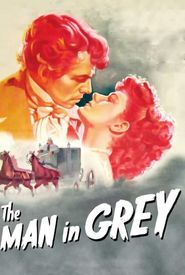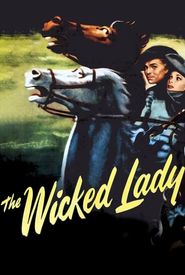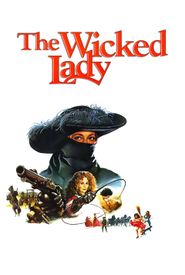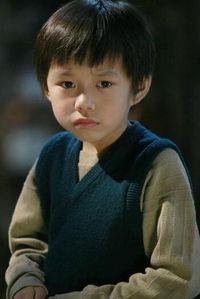Leslie Arliss, a former journalist and film critic, embarked on a cinematic career as a screenwriter in the 1930s, primarily for Gainsborough Pictures. He continued to hone his craft as a writer for a decade, departing Gainsborough in 1941 when he was offered the opportunity to direct at Associated British.
It wasn't long before he returned to Gainsborough, bringing with him a talented young actor named James Mason. The films they collaborated on there garnered both of them widespread recognition. Their initial joint effort, The Man in Grey (1943),resonated with wartime audiences, who found Mason's villainy to be the perfect antidote to the bleakness of the war.
Their subsequent films together, A Lady Surrenders (1944) and The Wicked Lady (1945),were also resoundingly successful, particularly the latter, which starred Margaret Lockwood and featured her in a series of low-cut dresses that garnered attention for their daring style. The Wicked Lady went on to become the #1 box-office film in Britain for 1946.
Arliss then left Gainsborough to join London Films, the production company of renowned producer Alexander Korda. Unfortunately, his tenure there was marked by turmoil and conflict, as he and Korda failed to see eye-to-eye and frequently clashed. This tension ultimately led to his removal from the production of Bonnie Prince Charlie (1948),which was completed by Anthony Kimmins and even Korda himself, but to little avail; the film was one of the major flops of 1948.
Arliss departed London Films under less-than-amicable circumstances, and it took him three years to make his next film. His later work was a significant step down in quality from his earlier efforts, and he ultimately concluded his career directing television productions.

































